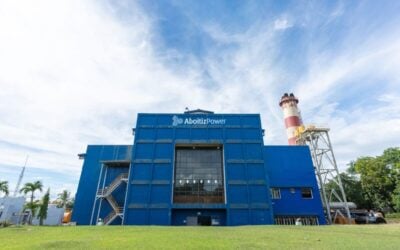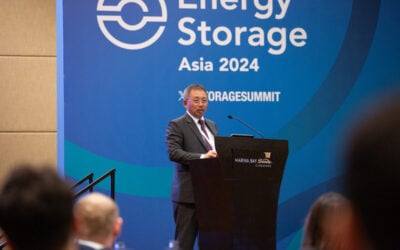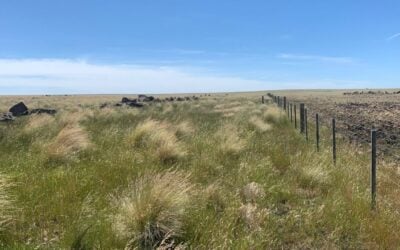Solar cell and battery hybrid technology could become a commercial success as long as it clears the “valley of death” out of academia, a scientist working on the project has claimed.
In an ‘ask-me-anything’ session on social networking site Reddit Dr Yiying Wu, professor of chemistry and biochemistry at Ohio State University, also confirmed that his department had received interest in the technology from several “potential partners” in the solar industry and that talks were ongoing.
Enjoy 12 months of exclusive analysis
- Regular insight and analysis of the industry’s biggest developments
- In-depth interviews with the industry’s leading figures
- Annual digital subscription to the PV Tech Power journal
- Discounts on Solar Media’s portfolio of events, in-person and virtual
Wu’s team is working on a hybrid device which combines a solar cell with a rechargeable battery. The device features a mesh solar PV panel which facilitates the transfer of electons from the solar panel to the battery electrode.
In October last year Wu discussed the project as a development from technology he had previously worked on – the KAir high-efficiency air powered battery – to combine it with power cells. Wu answered questions posed by Reddit users earlier this week and discussed its potential applications in the commercial space.
The nanometer-sized rods of titanium dioxide (larger image) covering the titanium gauze (inset), used in the cell’s development. Image: Yiying Wu, Ohio State University.
Wu said that rooftops and ground-mount solar farms are the “most promising applications” for the scalable technology and stressed that it could function with or without the grid, depending on the need of the particular system.
And rather than receiving push-back from an energy industry reluctant to change, he confirmed that the technology had received support.
“We are talking with potential partners in the energy industry, so they are potentially willing to support development. The consumer is the driver — it all comes down to cost. Consistent public support for renewables would help, regardless of fluctuating gas prices. On the other side, any renewable energy needs to reduce cost to penetrate the mass market,” Wu said.
He also talked up the prospect for the hybrid technology to reduce battery development costs – which he referred to as the “limiting factor” with regard to solar-plus-storage projects – given its capability to reduce costs associated with fabrication by integrating the two functions.
However talk of its potential benefits for the industry will be irrelevant if the technology cannot pass the notoriously difficult path from the laboratory to commercial deployment, often referred to as the ‘Valley of Death’.
Wu says the device still needs to pass but is confident in its ability to do so and hopes to develop a prototype device within two to three years which industry partners could then scale-up to deployment.
The Ohio State University team is also working on another of other battery and solar-focused projects including an aqueous solar flow battery and dye-sensitized solar cells.
Cover image: Yiying Wu, Credit: Ohio State University.






